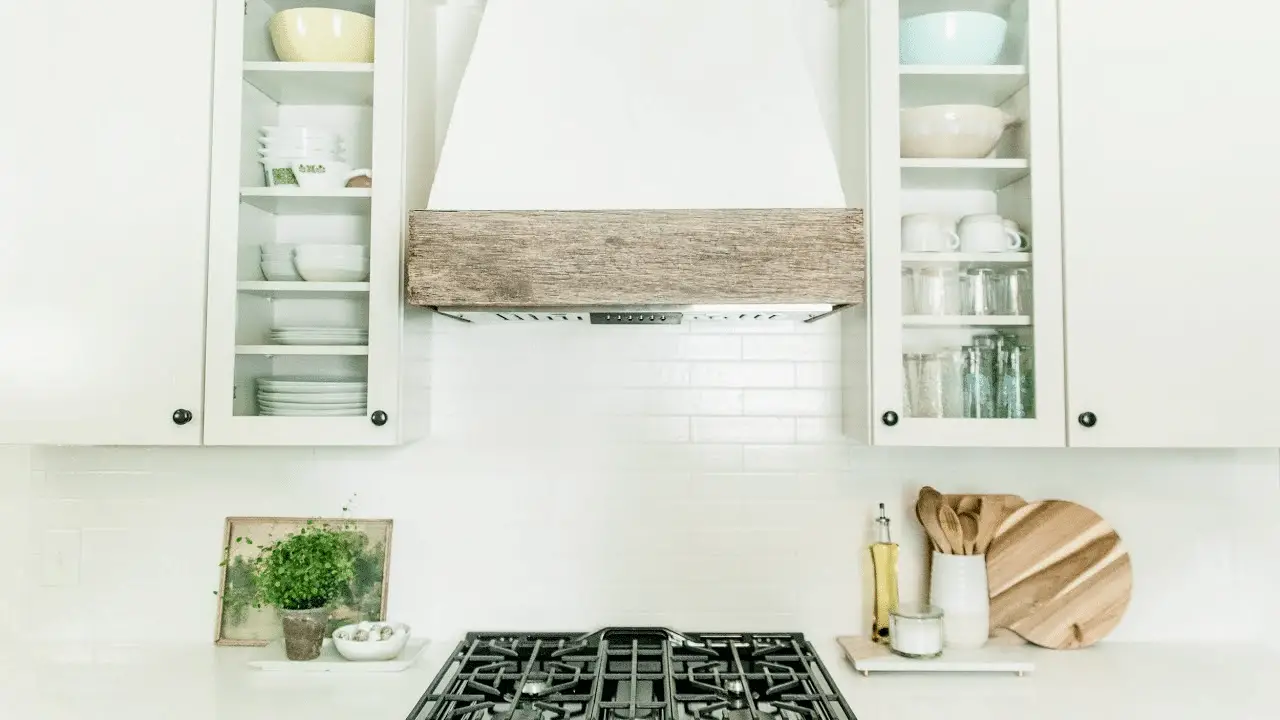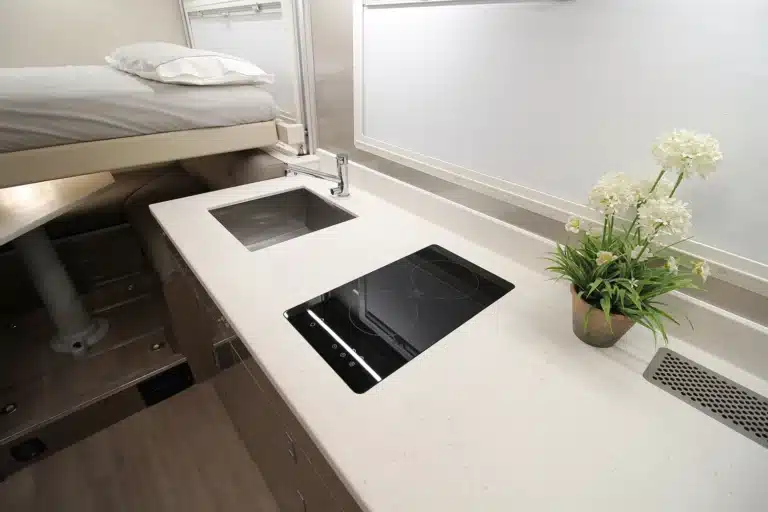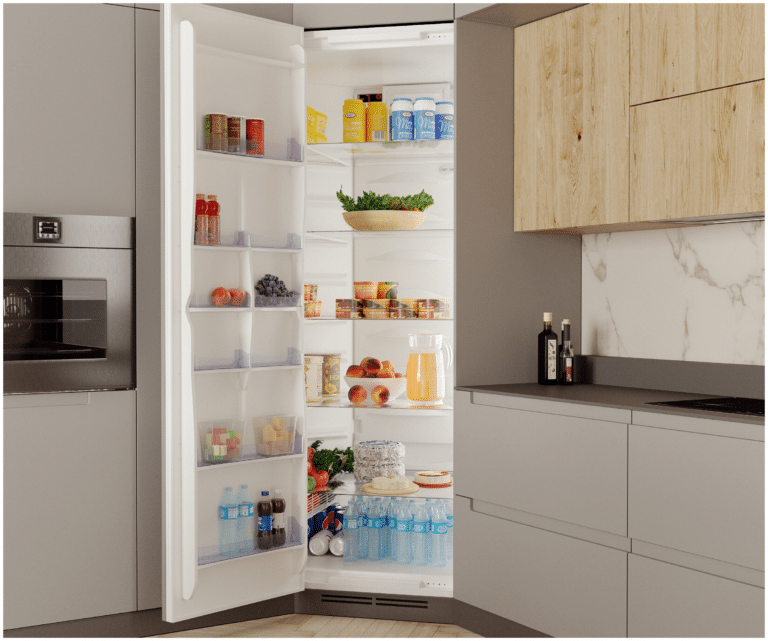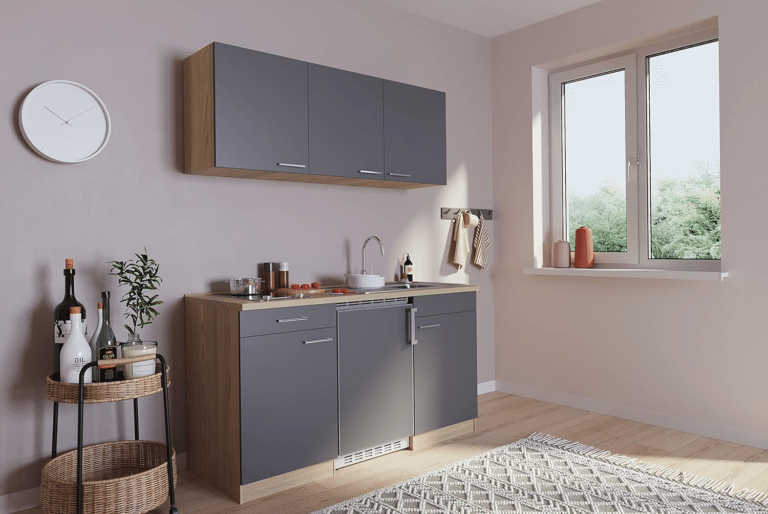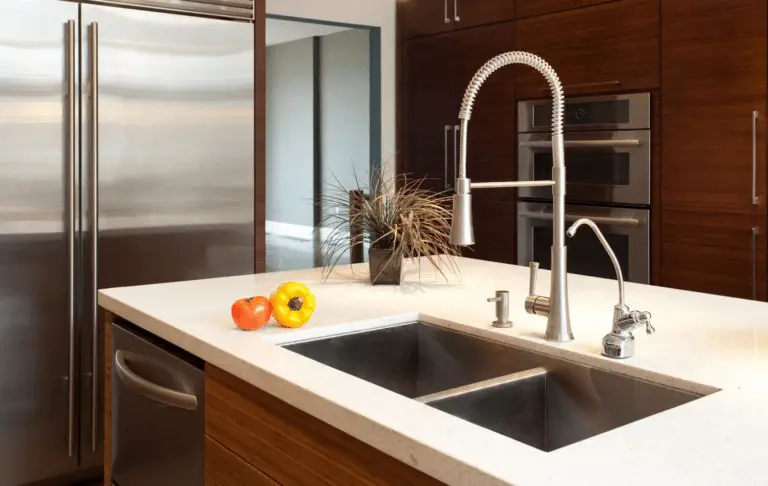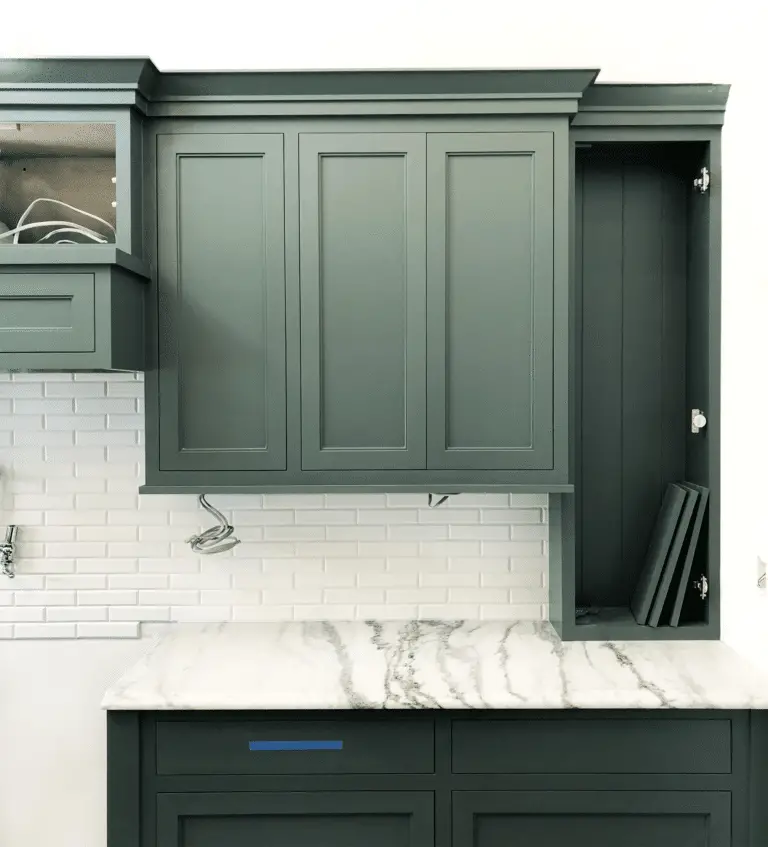Hey there, have you ever thought about the impact of maintenance on your kitchen appliances? Let’s dive into the world of plaster kitchen hoods and understand why regular cleaning is crucial for their longevity.
From daily cleaning routines to addressing common issues like stains and paint peels, we’ll explore it all. Plus, we’ll share some advanced maintenance tips for those quarterly and annual tasks. Stay tuned for expert advice on maintaining and cleaning plaster kitchen hoods! 🍳🧽 #KitchenMaintenance #PlasterHoods

Understanding the Importance of Maintenance

When it comes to maintaining and cleaning plaster kitchen hoods, understanding the importance of regular maintenance is key to ensuring these specialized appliances last for years to come. Not only does regular maintenance help in extending the lifespan of your plaster hood, but it also plays a crucial role in preventing potential health hazards.
Effects of Accumulated Grease and Potential Health Hazards
One of the main reasons why regular maintenance is essential for plaster kitchen hoods is the accumulation of grease over time. If left unchecked, this grease buildup can not only affect the performance of the hood but also pose health risks to you and your family. Grease buildup can lead to unpleasant odors in your kitchen and even create a fire hazard.
Impact on Home Aesthetics and Value
In addition to the functional benefits, a well-maintained plaster kitchen hood can enhance the overall aesthetics of your kitchen and even increase the value of your home. A clean and well-tended plaster hood will not only improve the visual appeal of your kitchen but also showcase your attention to detail and care for your property.
Breakdown of Plaster Kitchen Hoods: Structure and Material
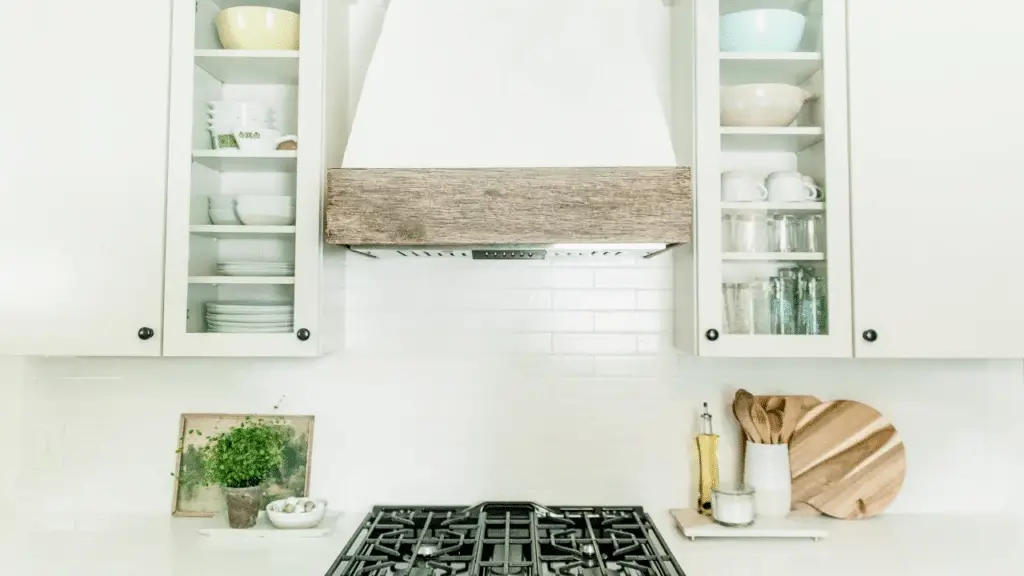
Maintaining and cleaning plaster kitchen hoods can be a challenging task due to their complex structure and specialized materials. Understanding the composition of these hoods is essential to ensure effective maintenance and prolong their lifespan.
Constituent Materials of Plaster Kitchen Hoods
Plaster kitchen hoods are typically made of a combination of plaster, fiberglass, and metal reinforcements. This unique blend of materials gives them a sturdy and durable structure that can withstand the heat and grease produced during cooking. However, these materials also make plaster kitchen hoods susceptible to stains, smoke damage, and peeling paint if not properly maintained.
Challenges in Cleaning Plaster Kitchen Hoods
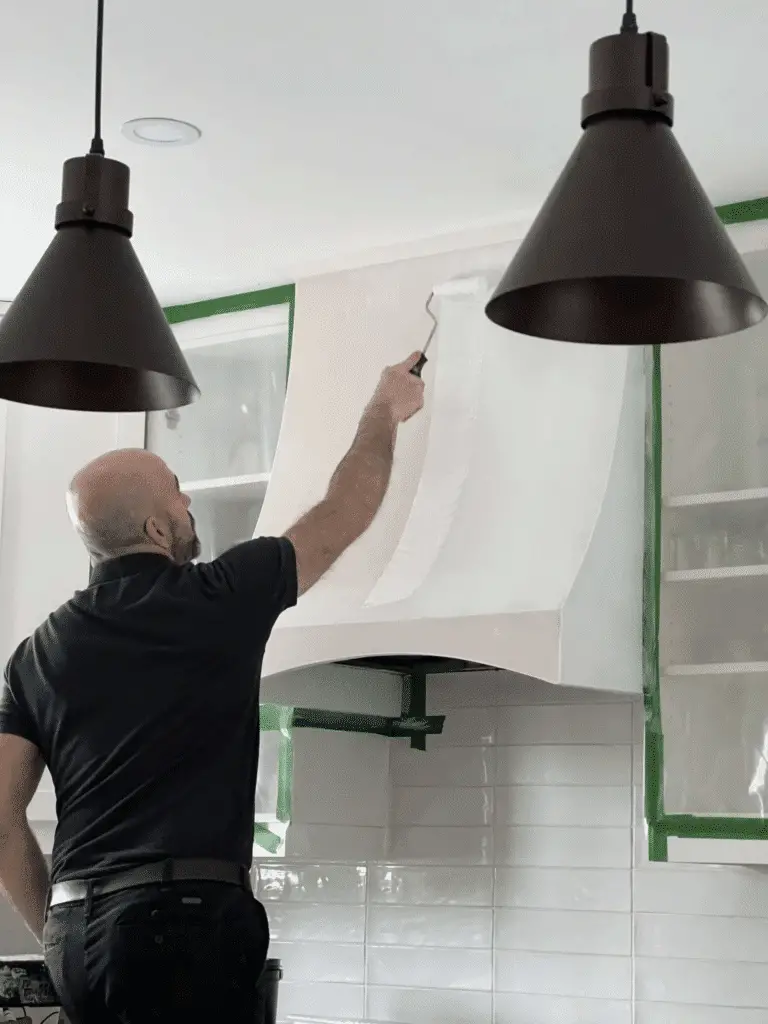
The intricate design of plaster kitchen hoods, with their ornate details and moldings, can make cleaning a time-consuming and meticulous task. Grease and grime tend to accumulate in the crevices and corners of these hoods, requiring special care and attention to ensure thorough cleaning. Using harsh chemicals or abrasive cleaning tools can damage the plaster and other materials, leading to costly repairs or replacements.
Common Issues Due to Poor Maintenance
Neglecting regular cleaning and maintenance of plaster kitchen hoods can result in a range of issues, including stubborn stains, unsightly smoke damage, and peeling paint. These issues not only detract from the aesthetic appeal of your kitchen but can also impact the functionality of the hood. Grease buildup can clog the filters and vents, reducing the efficiency of the hood and increasing the risk of fire hazards.
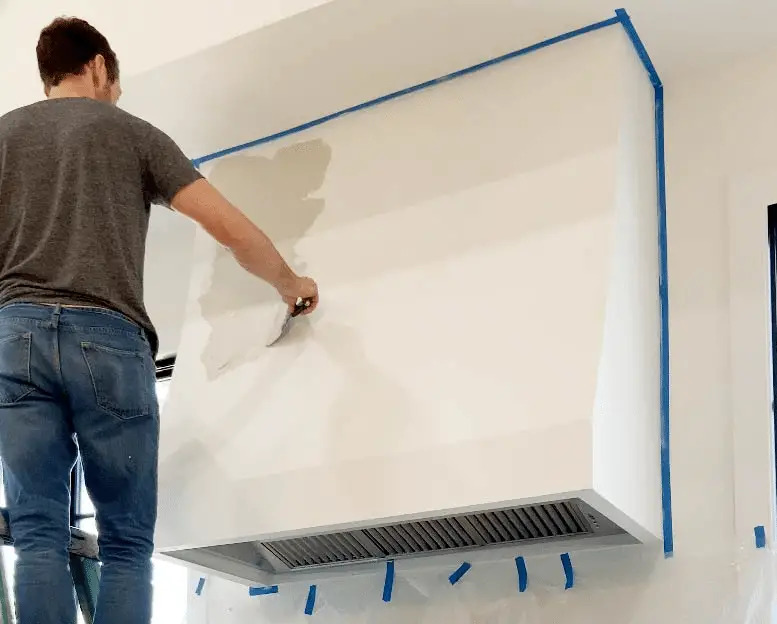
By understanding the structure and materials of plaster kitchen hoods, you can develop a targeted cleaning routine that addresses these challenges effectively. Regular maintenance and cleaning can help preserve the beauty and functionality of your plaster hood for years to come.Maintaining and cleaning plaster kitchen hoods is essential to ensure their longevity and optimal performance. Daily and weekly cleaning routines play a significant role in preventing major damage and preserving the appearance of these specialized appliances.
Step-by-Step Guide: Daily and Weekly Cleaning Maintenance
When it comes to maintaining plaster kitchen hoods, consistency is key. Establishing a regular cleaning routine can help prevent the buildup of grease and grime, which can lead to more severe issues over time. Here is a step-by-step guide to daily and weekly cleaning maintenance:
1. Daily Cleaning:
– Start by wiping down the exterior of the hood with a damp cloth to remove any surface dust or residue.
– Use a mild detergent or specialized hood cleaner to tackle any grease spots or splatters.
– Make sure to clean the filters regularly to maintain optimal airflow and ventilation.
2. Weekly Cleaning:
– Remove the filters and soak them in warm, soapy water to break down grease buildup.
– Use a soft-bristled brush to gently scrub away any stubborn stains or residue.
– Wipe down the interior of the hood with a damp cloth to remove any lingering grease or grime.
3. Appropriate Cleaning Solutions and Techniques:
– Avoid harsh chemicals or abrasive scrubbers that can damage the plaster hood material.
– Opt for gentle cleaning solutions such as mild detergent, baking soda paste, or vinegar solution.
– Use microfiber cloths or soft sponges to clean the hood without causing scratches or abrasions.
Regular cleaning not only keeps your plaster kitchen hood looking pristine but also ensures that it functions efficiently. By incorporating these simple cleaning tasks into your routine, you can prevent the accumulation of grease and grime that can lead to more severe issues down the line.
Addressing Common Issues: Stains, Smoke damage, and Paint Peels
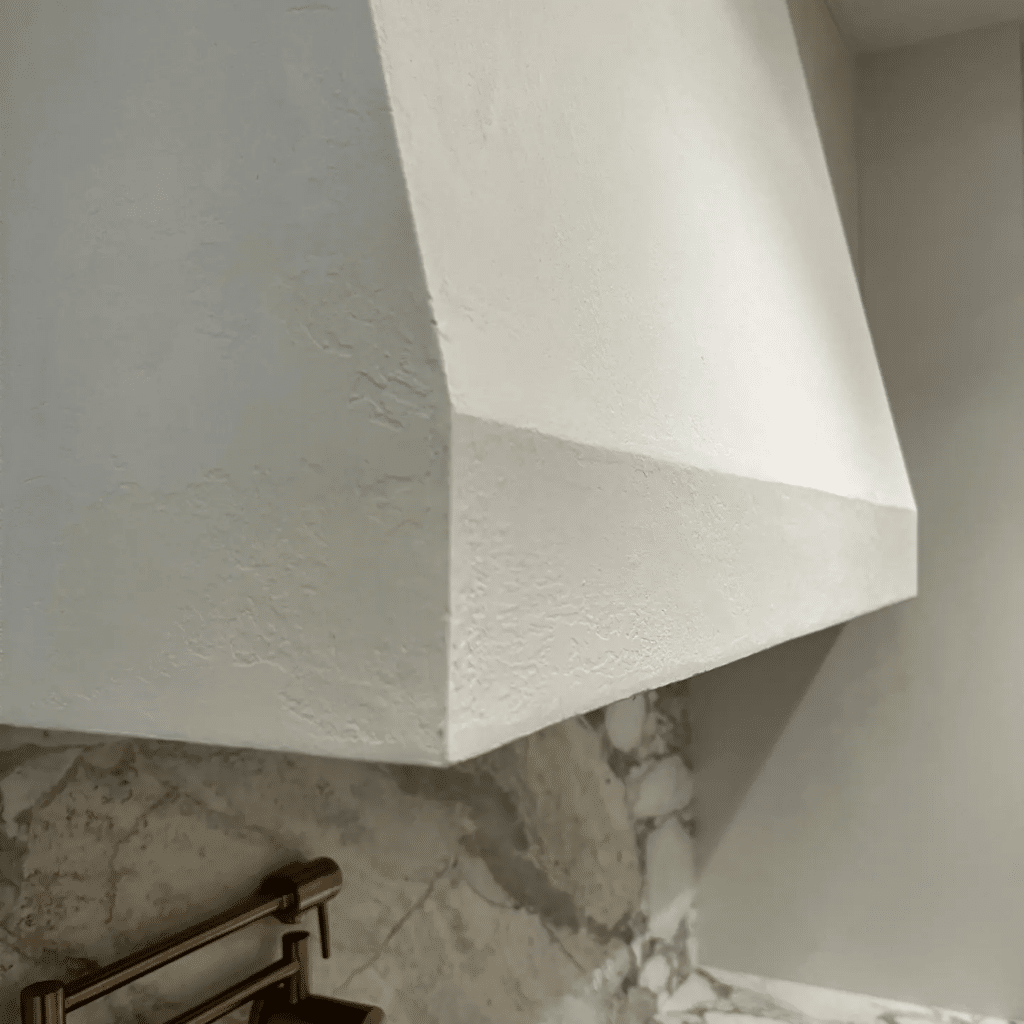
As much as we try to maintain our plaster kitchen hoods, there are bound to be common issues that we encounter over time. Stains, smoke damage, and paint peels are some of the most prevalent problems that can affect the aesthetics and functionality of your kitchen hood. In this section, we will delve into comprehensive solutions to address these issues and restore your plaster kitchen hood to its former glory.
Stains:
Stains on your plaster kitchen hood can be an eyesore, especially if they are not dealt with promptly. To tackle stains effectively, you can create a mixture of mild dish soap and warm water and gently scrub the affected areas with a soft sponge or cloth. Avoid using harsh chemicals or abrasive materials, as they can damage the plaster surface. For stubborn stains, you can try using a paste of baking soda and water, letting it sit for a few minutes before wiping it away.
Smoke damage:
Smoke damage can accumulate on your plaster kitchen hood over time, especially if you do a lot of cooking that involves high heat and oil. To remove smoke residue, you can use a mixture of vinegar and water to wipe down the hood thoroughly. For tougher smoke stains, consider using a degreaser specifically designed for kitchen surfaces. Make sure to ventilate the area well while cleaning to avoid inhaling strong fumes.
Paint Peels:
If you notice paint peeling off your plaster kitchen hood, it’s essential to address the issue promptly to prevent further damage. You can gently sand the peeling areas to smooth them out before applying a fresh coat of paint that matches the original color. Make sure to use paint that is heat-resistant and safe for kitchen environments to ensure longevity.
Remember, regular maintenance and cleaning can help prevent these common issues from worsening and extend the lifespan of your plaster kitchen hood. However, if you encounter severe damage or issues that you are unable to address on your own, don’t hesitate to seek professional help. Professional repair services can provide expert solutions to restore your kitchen hood to its optimal condition.
Advanced Maintenance: Quarterly and Annual Tasks
While daily and weekly cleaning routines are essential for the upkeep of your plaster kitchen hood, there are also advanced maintenance tasks that need to be addressed on a quarterly or annual basis. These tasks are crucial in ensuring the longevity and efficiency of your kitchen appliance.
Internal Mechanisms Inspection
One of the key quarterly maintenance tasks for your plaster kitchen hood is to conduct a thorough inspection of its internal mechanisms. This includes checking the fan, motor, filters, and any other moving parts for any signs of wear and tear. Regular inspections can help detect any potential issues early on, allowing for timely repairs and preventing costly damages in the future.
During this inspection, make sure to clean and remove any buildup of grease or debris that may be affecting the performance of your hood. This not only improves the efficiency of your appliance but also reduces the risk of fire hazards due to the accumulation of flammable materials.
Replacement and Upgrade Decisions
As part of your annual maintenance routine, it is important to assess the condition of your plaster kitchen hood and consider replacement or upgrade decisions if necessary. Over time, constant use and exposure to heat and grease can cause wear and tear on the hood, leading to a decrease in performance and aesthetics.
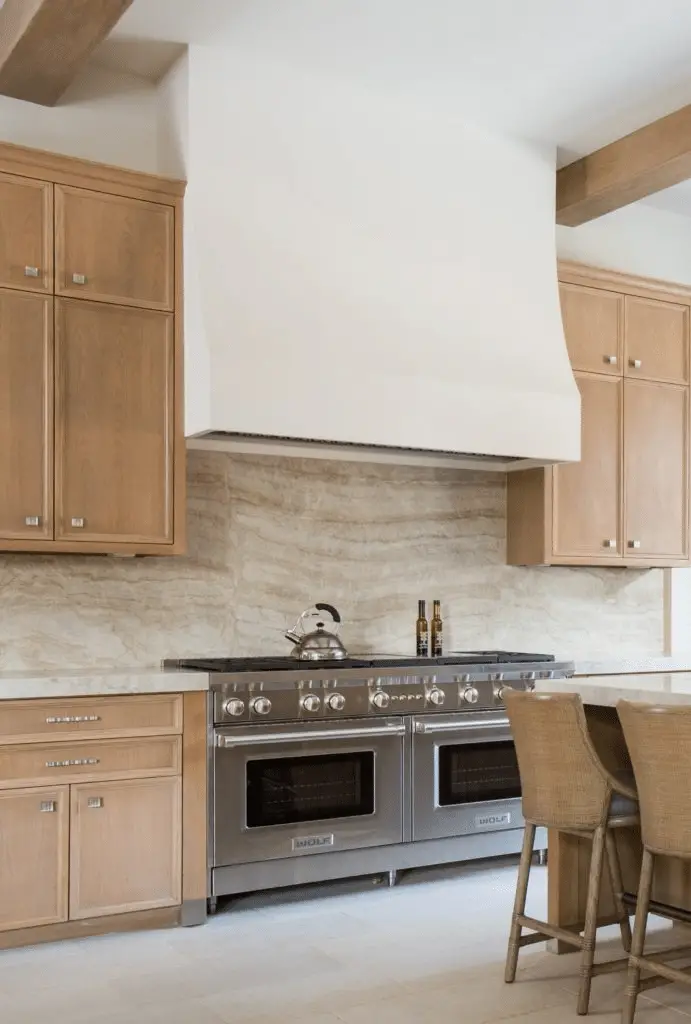
If you notice significant damage or if the hood is no longer functioning as it should, it may be time to consider replacing it with a new one. Upgrading to a more efficient and modern model can not only improve the functionality of your kitchen appliance but also enhance the overall look of your kitchen.
When making replacement or upgrade decisions, consider factors such as energy efficiency, ease of maintenance, and design aesthetics. Consulting with a professional can help you choose the best option for your specific needs and budget.
By incorporating these advanced maintenance tasks into your regular cleaning routine, you can ensure that your plaster kitchen hood remains in top condition and continues to serve you well for years to come.
Finishing Touch: Keep Your Plaster Kitchen Hood Shining!
In the grand scheme of kitchen care, the maintenance of plaster kitchen hoods plays a crucial role. From daily wipe-downs to quarterly check-ups, every step taken in preserving these specialized structures is an investment in the longevity of your kitchen. By understanding the materials, structure, and cleaning methods specific to plaster hoods, you ensure their functionality and aesthetics for years to come. Remember, a little maintenance now saves you a heap of trouble later!

